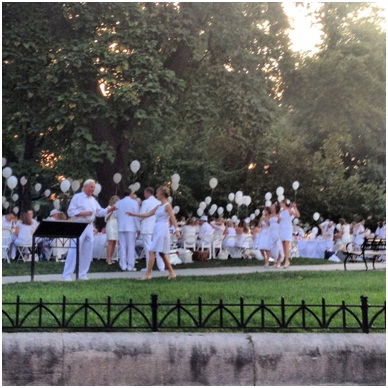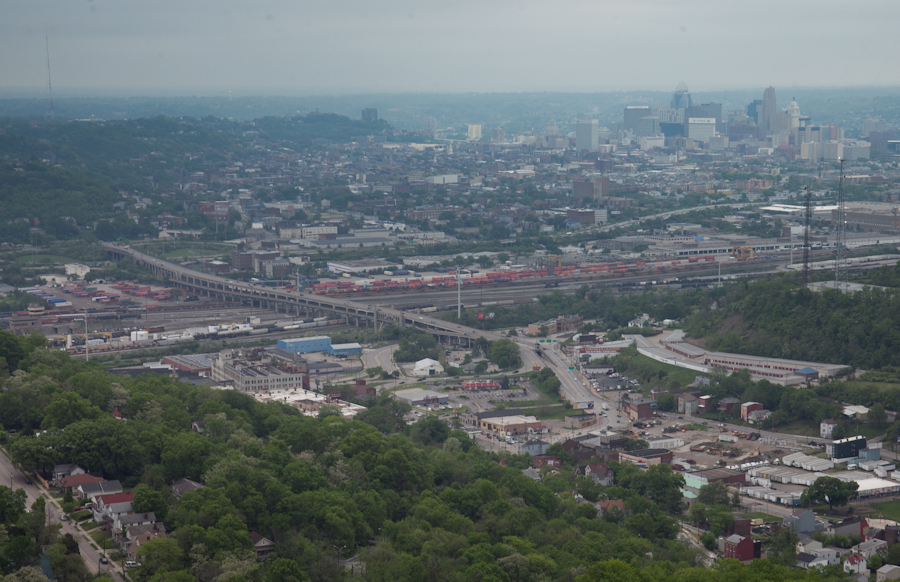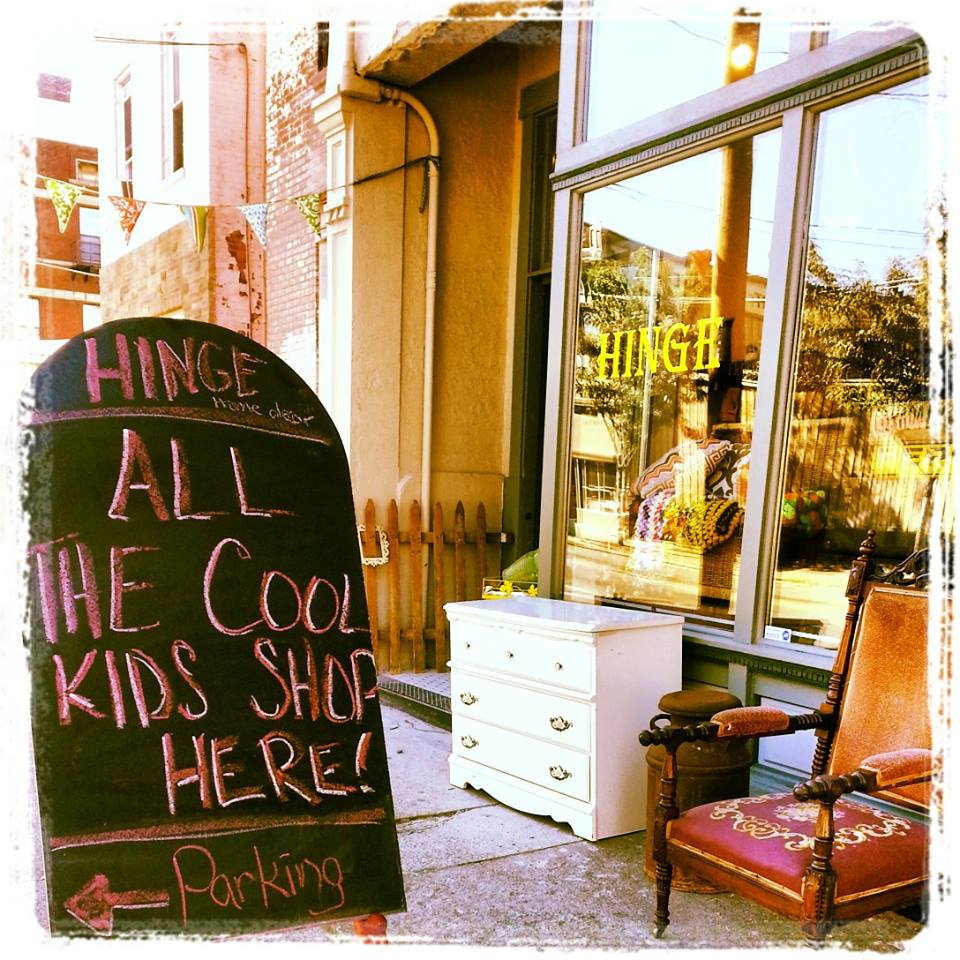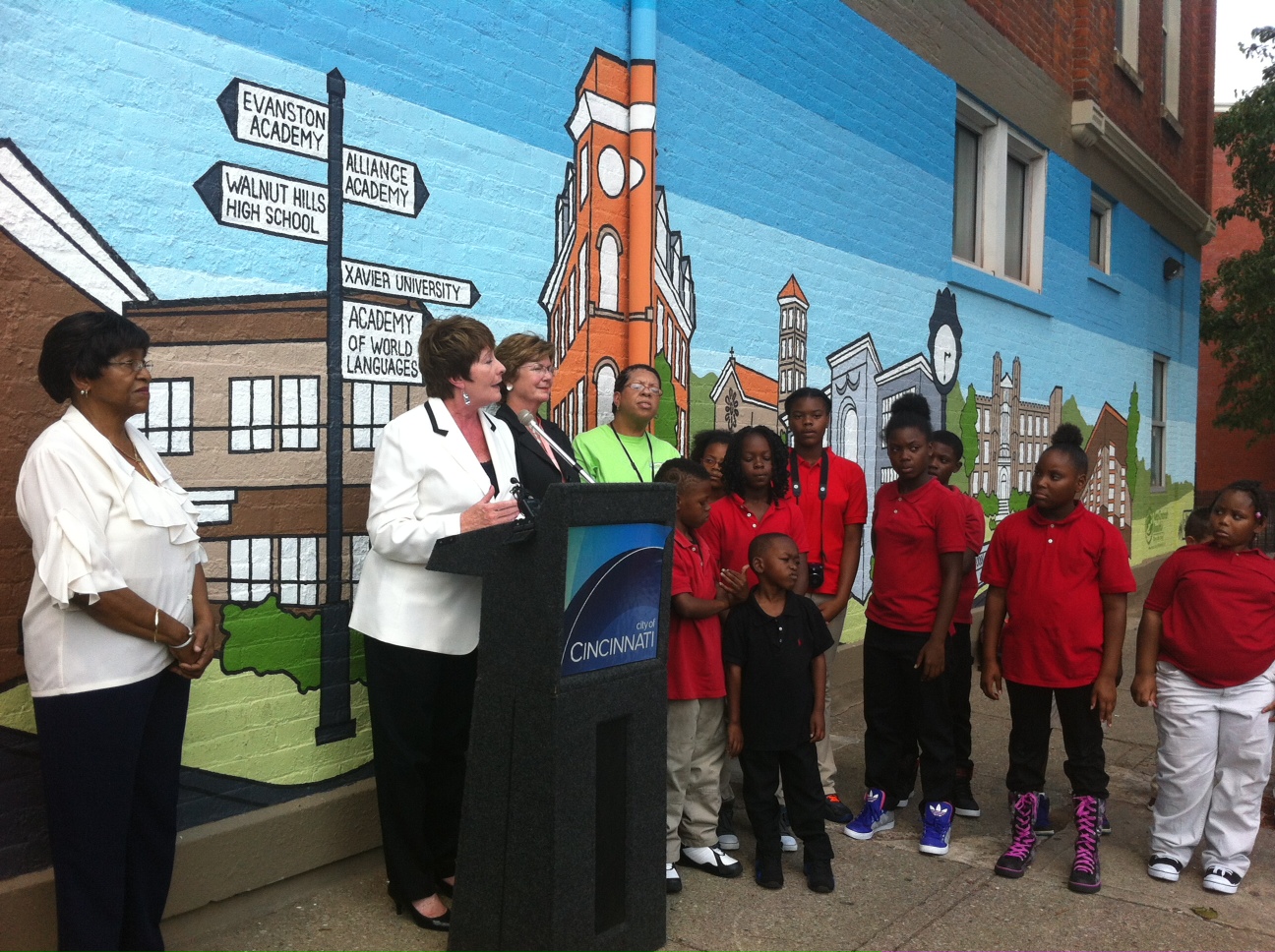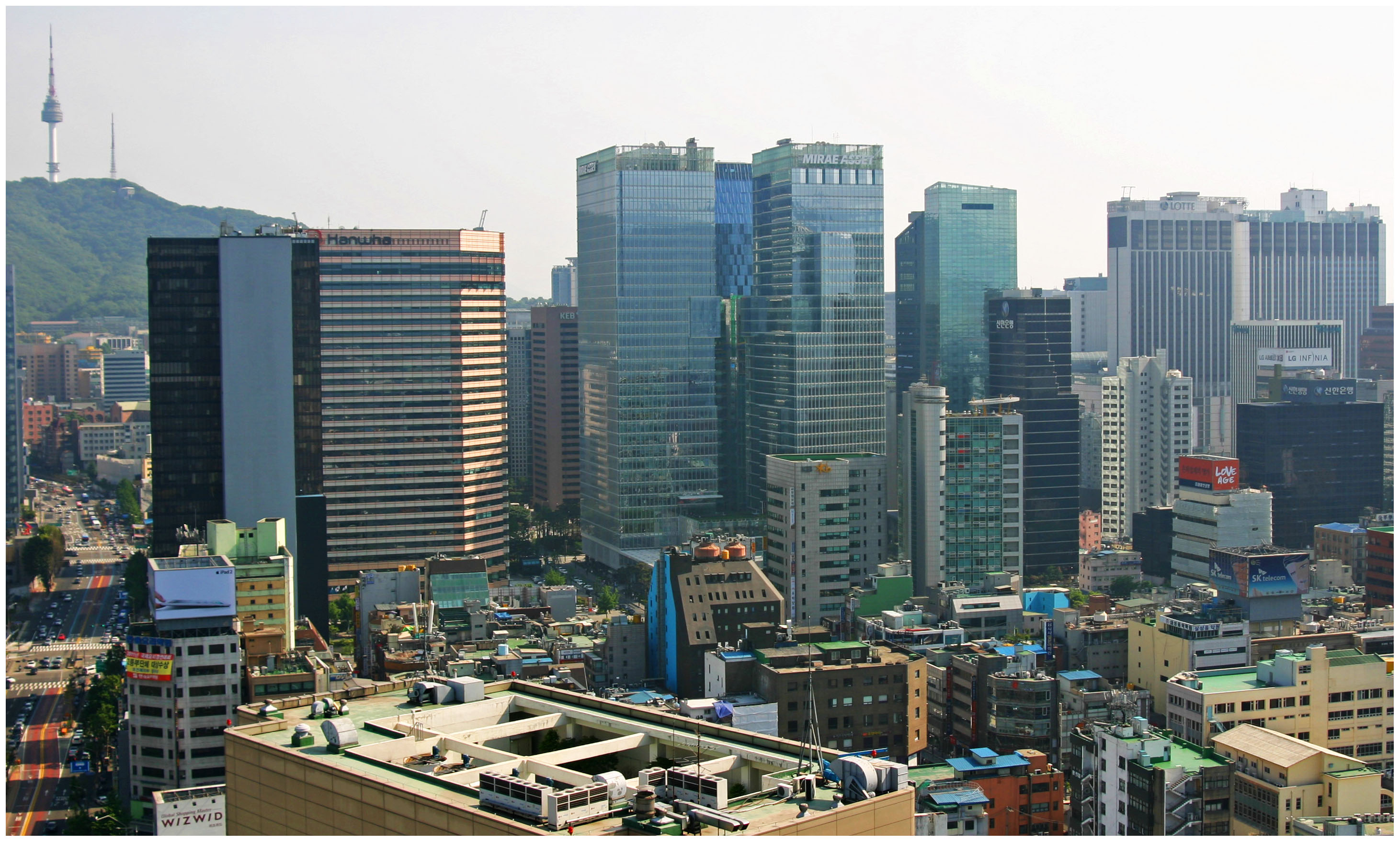The Question: Would a couple pay $70 to attend an event where they do all of the work? The answer was yes for the 1,750 attendees of Cincinnati’s Dîner en Blanc, hosted two weekends ago in Washington Park.
Originating in 1988 in Paris, France, organizer François Pasquier invited friends to a dinner party. According to the Dîner en Blanc website, “So many wished to attend that he asked them to convene at Bois de Boulogne dressed in white, so as to be recognizable to one another.”
The dinner was a hit and more friends wanted to attend the following year, which created the concept of Dîner en Blanc. In 2009, Pasquier’s son, Aymeric, brought the tradition to North America with his partner, Sandy Safi.

Nearly 2,000 people gathered in Washington Park two weekends ago, wearing all white, and paid $70 for the right to join in on a dinner where they prepared their own food and brought their own tableware. Photograph by 5chw4r7z.
Somewhere in those 20 years, Pasquier’s idea turned into a lofty for-profit venture. In addition to paying a $35 per person, guests of Dîner en Blanc are required to bring their own three course meal, plates, stemware, table settings, table linens, chairs, and a square table of specific dimensions, all of course, in the color white.
Attendees at Cincinnati’s second such event packed these items into their car, drove to a group meeting place, such as Kenwood Towne Center, and then loaded everything onto a bus that delivered them to a secret location. This year it was Washington Park where the haul was unloaded and set up by the guests themselves in 90 degree weather, all while dressed in their finest white attire.
First time guest, Bob Schwartz, offered this commentary, “The event is basically every party you’ve ever been to, except you’re dressed up and it’s a total pain getting there and leaving.”
Dîner en Blanc group leaders explain the high ticket price covers bus transportation to the location, permits, and other costs associated with the experience.
Park rental fees for a private event in the bandstand area are $2,500, with no need for a liquor permit as one is held by park management.To shuttle half of the 1,750 attendees, 18 charter buses were needed at$650 each. While still an expensive party to host, organizers spent roughly $25,000 on entertainment and fixed costs while earning $61,250 from admission sales.
Where does the remaining money go? Not to a charity. The Dîner en Blanc FAQ states:
Is the Diner en Blanc associated wit a humanitarian or social cause?
What makes the Diner en Blanc so popular is that it’s a “distinct” evening. There are no sponsors, no political or ideological agendas. Le Diner en Blanc is simply a friendly gathering whose sole purpose is to experience a magical evening, in good company, in an environment which is both unusual and extraordinary.
True, it was an unusual gathering. Several Cincinnatians found the “distinct” evening to lack the one thing its description touts: class.
For two years, Dîner en Blanc has been hosted in areas struggling with issues of gentrification. Last year’s rendezvous took place in Lytle Park across from Anna Louise Inn, an affordable housing complex for women, which lost a long conflict with developers who want to convert the building into a hotel.
While the new Washington Park has been embraced by the community, critics remind that low-income, minority residents continue to feel isolated from the growth in Over-the-Rhine. Susan Jackson was concerned that the location created an inappropriate perception.
“I’m not sure white people should wear all white and gather in secret,” she commented after observing a predominantly Caucasian turnout at the event. Local blogger Carla Streeter agrees. She expressed her distaste for Dîner en Blanc by donating the price of admission to the Drop Inn Center, an organization that provides services to the homeless population.
Cincinnati is not the only city raising issue with Dîner en Blanc. Best of New Orleans ranted about the overpriced concept, while attendees in San Francisco complained of their rainy, frigid experience held in a dog park. None of this compares to the outrage in Singapore, where event organizers banned guests from bringing local delicacies, stating that these foods “were not in line with the image of Dîner en Blanc.”
Despite the negative imagery, costly tickets, and necessary labor, the mystery continues as to why excitement builds for Dîner en Blanc. Consider the appeal targeting a specific audience: suburbanites who lack spontaneous social exchanges due to the sprawl of their auto-dependent neighborhood. City dwellers are more likely to have daily personable interactions and access to unique entertainment based on their walkable environment. Taking part in a communal feast with friends sitting next to strangers in a public Downtown setting is a lure for those seeking an experience exclusive to city living.
The question remains: has society reached a point of urban dystopia where people find it acceptable to pay organizers for a face-to-face interaction? For now, word-of-mouth continues to reveal the dark side of Dîner en Blanc.
“If I want to have a picnic, I can do that any time, any day. My friends and I can dress up in all white and wave a napkin to our hearts’ content on our own,” described guest Naoko M. “You’re paying to feel like you’re in some exclusive group, a group of a few hundred people.”
Editor’s Note: This article was updated to reflect the correct price of the event.
